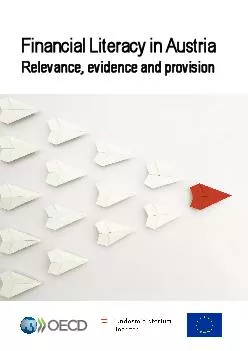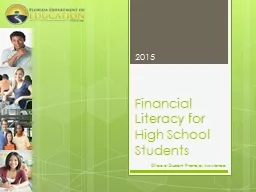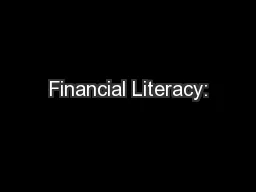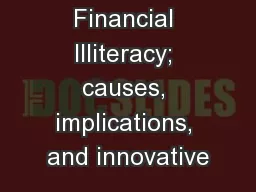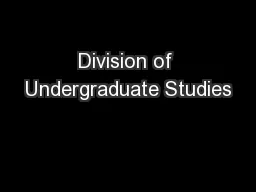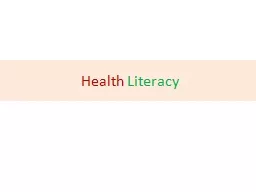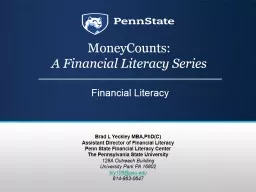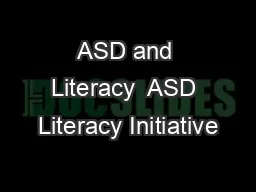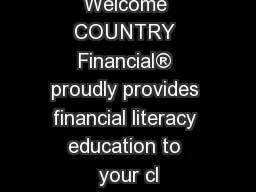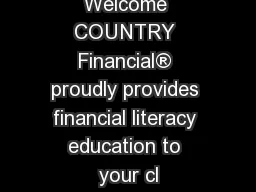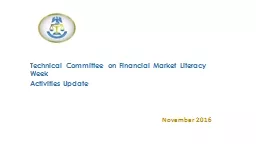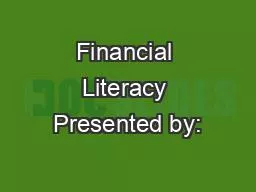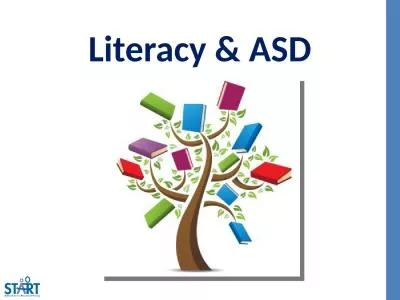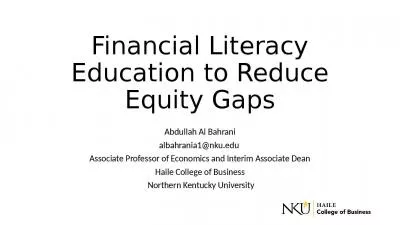PDF-FINANCIAL LITERACY I
Author : hailey | Published Date : 2021-10-06
81N AUSTRIA OECD 2021money guideinformationsmaterialientaschengeldleitfadenhtmlMickey Mouse Spezial Micky Maus Spezialhttpseurologischatelunterrichtsundinformationsmaterialienarbeitsblaetter
Presentation Embed Code
Download Presentation
Download Presentation The PPT/PDF document "FINANCIAL LITERACY I" is the property of its rightful owner. Permission is granted to download and print the materials on this website for personal, non-commercial use only, and to display it on your personal computer provided you do not modify the materials and that you retain all copyright notices contained in the materials. By downloading content from our website, you accept the terms of this agreement.
FINANCIAL LITERACY I: Transcript
Download Rules Of Document
"FINANCIAL LITERACY I"The content belongs to its owner. You may download and print it for personal use, without modification, and keep all copyright notices. By downloading, you agree to these terms.
Related Documents

